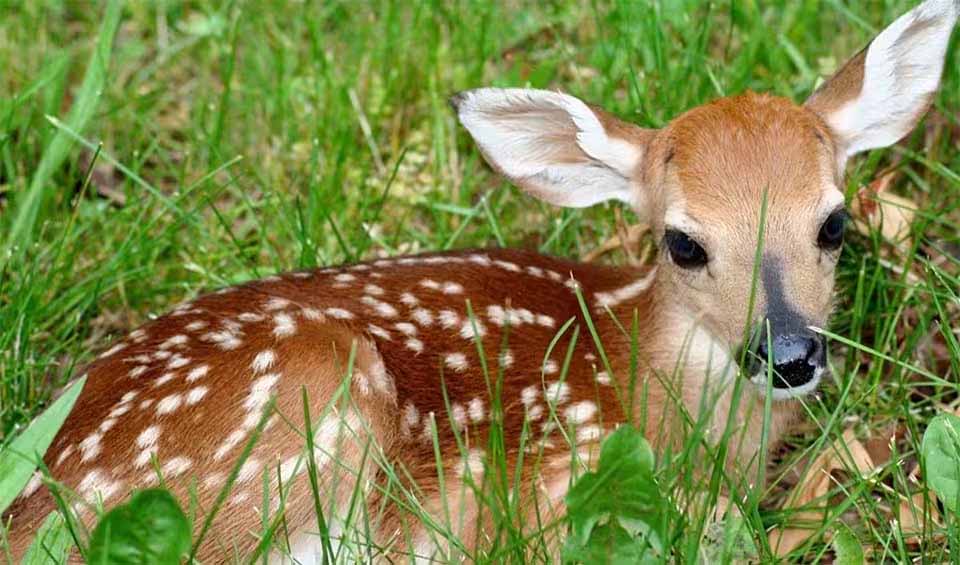This species of deer is known for its remarkable ability to change the color of its coat in response to seasonal changes. During the warmer months of spring and summer, their coats adopt a reddish-brown hue, blending seamlessly with the forest’s vibrant colors. As the seasons transition to fall and winter, their fur shifts to a more subdued grey-brown, offering them camouflage against the barren, leafless backdrop of their habitat.
One of the most striking features of the male White-tailed deer is their antlers, which they shed and regrow annually. The growth pattern of these antlers is influenced by a combination of factors, including the deer’s genetic makeup, its age, and the quality of nutrition it receives. These antlers are not just for show; they play a crucial role during the breeding season, serving as tools for combat as males vie for the attention of females.
The White-tailed deer’s sensory capabilities are particularly noteworthy. They are equipped with excellent night vision, a trait that is facilitated by the unique structure of their eyes. Their horizontally slit pupils allow for a wider field of view and contribute to their adeptness at navigating their environment in low-light conditions. Additionally, during daylight, these deer exhibit a keen color vision, enabling them to discern between various shades and colors in their surroundings.
Beyond their visual prowess, White-tailed deer are exceptionally good at processing visual information swiftly, significantly faster than humans. This rapid image processing is a vital survival mechanism, allowing them to detect even the slightest movements in their periphery. Such heightened sensitivity is especially beneficial in low-light conditions, where predators could lurk unseen. This combination of physical adaptations and keen sensory abilities enables the White-tailed deer to thrive across a broad range of environments.
Distribution
 Belize
Belize Brazil
Brazil Canada
Canada Colombia
Colombia Costa Rica
Costa Rica Ecuador
Ecuador El Salvador
El Salvador French Guiana
French Guiana Guatemala
Guatemala Guyana
Guyana Honduras
Honduras Mexico
Mexico Nicaragua
Nicaragua Panama
Panama Peru
Peru Suriname
Suriname United States
United States Venezuela
VenezuelaAnything we've missed?
Help us improve this page by suggesting edits. Glory never dies!
Suggest an editGet to know me
Terrestrial / Aquatic
Altricial / Precocial
Polygamous / Monogamous
Dimorphic (size) / Monomorphic
Active: Diurnal / Nocturnal
Social behavior: Solitary / Pack / Herd
Diet: Carnivore / Herbivore / Omnivore / Piscivorous / Insectivore
Migratory: Yes / No
Domesticated: Yes / No
Dangerous: Yes / No





